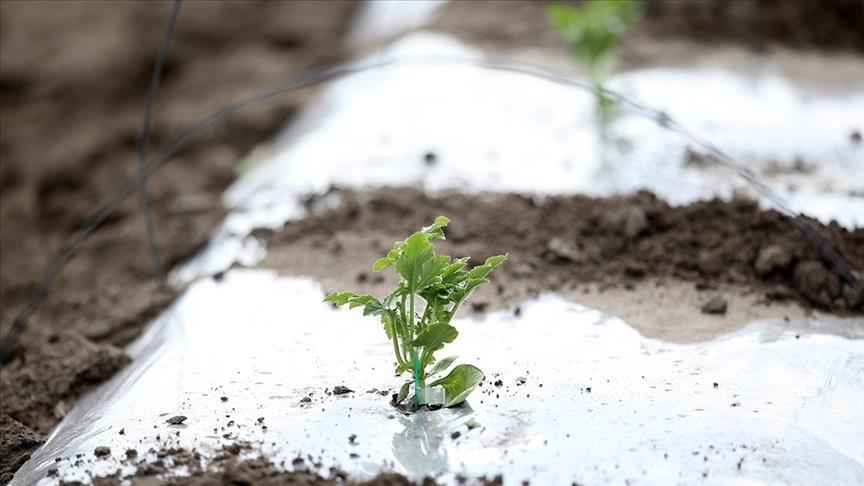Global Courant
LONDON
Increasingly frequent extreme weather events may trigger further spikes in food prices, as supply-side pressures require easing and adapting, economists told Anadolu.
Global food prices have become a major concern as the world grapples with the cost of living crisis, especially after the Russia-Ukraine war that broke out in February last year.
The FAO Food Price Index, which measures the monthly change in international prices for a basket of foodstuffs, hit a record high of 159.7 in March 2022, just after the start of the war.
“In March, there were great concerns about what the war would do to global markets, as both Ukraine and Russia were major players in global food markets,” said Monika Tothova, economist at the UN Food and Agriculture Organization. FAO).
In an interview with Anadolu, he said that prices might have been lower had it not been for the war.
The index fell 22% from its peak in May 2023 to 124.3 points. The decline was supported by significant declines in vegetable oils, cereals and dairy price indices partially offset by increases in sugar and meat prices.
Sugar prices have been on the rise for some time, Tothova said, as concerns about the potential effects of El Niño on the sugar harvest have risen.
Uncertainty about the future of the Black Sea grain agreement, the effects of drought stretching from Europe to North Africa and extreme weather events around the world are putting pressure on food prices.
According to Mauro Pisu, a senior economist at the Organization for Economic Co-operation and Development (OECD), food prices last month were about 10% above the five-year moving average, despite the recent slowdown.
Each new heatwave will have a direct, immediate impact on food prices
With food prices under the influence of both short-term and long-term factors, both Tothova and Pisu agree that global warming and increased extreme weather events are having a lasting impact.
“Climate change is a long-term trend and if not addressed, it can slowly but steadily affect food production and prices over time. As heat waves become more common with climate change, price increases in the food market will become more common in some parts of the world in 2022. It happened,” Pisu told Anadolu.
Due to global warming, heat waves and extreme weather events are becoming more common. In a recent report, the World Meteorological Organization (WMO) estimated that the annual average global near-surface temperature for each year in 2023-2027 will be 1.1-1.8 degrees Celsius higher than the average for 1850-1900.
According to the WMO, there is now a 66% chance of global temperatures being 1.5°C above pre-industrial levels for at least a year during this period.
“Each new heatwave will have a direct and immediate impact on food prices. In the long run, the risk of more frequent heatwaves can increase price volatility and increase the frequency of food price increases,” he warned.
In addition to their increasing frequency, extreme weather events are also expected to become more dramatic in scale, and this will impact both food production and prices and transportation, Tothova added.
Pisu argued that markets should be prepared for further disruption on the supply side due to extreme events. Dealing with supply-side problems requires mitigation policies in the medium and long-term, as well as adaptation in the short-term.”
“Food price spikes can be particularly damaging in developing countries and will need to be managed, and governments will need to prepare for the risk of more frequent increases in food prices.”
Changing geographies of food products
Pointing to another dimension of the effects of climate change on food production, Tothova said that the geographical regions where production takes place have changed.
“As the world warms, you can suddenly produce in places where you could not produce before. Siberia is melting and they say that they grow bananas in places where suddenly no bananas can grow,” he said. , similarly states that peppers are now grown in areas of Europe that were previously unsuitable for them.
He said that production could move to new areas.
Only some of the news presented to subscribers in the AA News Broadcasting System (HAS) and in summary form are available on the Anadolu Agency website. Please contact us for subscription options.








